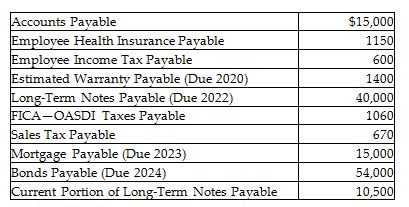With a suitable example, show how advancements in technology help consumers avoid advertisement cluttering. What implications does this trend hold for advertisers?
What will be an ideal response?
(Students' answers may vary. The answer given below is indicative.)
Until recently, television viewers were pretty much a captive audience for advertisers. But today's digital wizardry has given consumers a rich new set of information and entertainment choices. With the growth in cable and satellite TV, the Internet, video streaming, tablets, and smartphones, today's viewers have many more options. Digital technology has also armed consumers with an arsenal of weapons for choosing what they watch or don't watch. Increasingly, thanks to the growth of DVR systems, consumers are choosing not to watch ads. Seventy-six percent of American TV households have a DVR, subscribe to Netflix, or use video-on-demand from a cable or telecommunications provider and two-thirds of DVR owners use the device to skip commercials. Thus, advertisers can no longer force-feed the same old cookie-cutter messages and content to captive consumers through traditional media. Simply interrupting or disrupting consumers no longer works. Unless ads provide content that is engaging, useful, or entertaining, many consumers will simply ignore or skip them. To break through the clutter, many marketers have subscribed to a new merging of advertising and entertainment, dubbed "Madison & Vine." It represents the merging of advertising and entertainment in an effort to create new avenues for reaching consumers with more engaging messages. Just to gain and hold attention, today's content must be better planned, more imaginative, more entertaining, and more emotionally engaging. Simply interrupting or disrupting consumers no longer works. Unless ads provide information that is interesting, useful, or entertaining, many consumers will simply skip by them.
You might also like to view...
The statement of cash flows reflects the revenues actually earned by the business, regardless of whether cash has been collected
a. True b. False Indicate whether the statement is true or false
Refer to the following list of liability balances at December 31, 2019.

What is the total amount of long-term liabilities?
A) $55,000
B) $109,000
C) $94,000
D) $40,000
The balance sheet equation provides the analytical framework to understand the effects of transactions and events on the financial statements
Indicate whether the statement is true or false
Websavvy paid the electric and gas bill for the month in the amount of $325 . What is the entry to record this transaction?
a. debit to Utilities Expense, $325; debit to Accounts Receivable, $325 b. debit to Cash, $325; credit to Utilities Expense, $325 c. debit to Accounts Receivable, $325; credit to Utilities Expense, $325 d. debit to Utilities Expense, $325; credit to Cash, $325